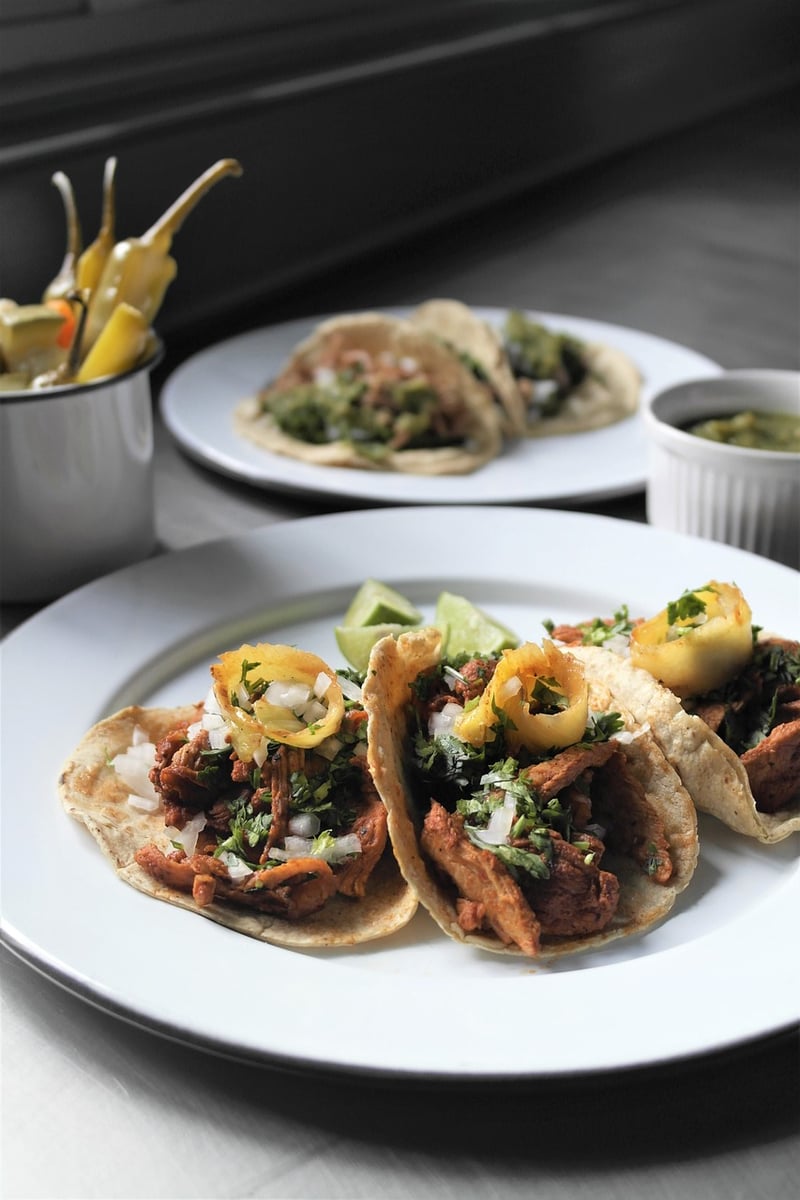Salsa
Exploring Expressive Movement Forms: Salsa Dancing

Expressive movement forms offer a vibrant way to connect with oneself and others through physical expression. One such dynamic and lively form is Salsa dancing, a popular Latin dance style that originated in the Caribbean. Salsa is not just a dance; it's a cultural experience that combines music, rhythm, and movement to create an electrifying energy.
The Origins of Salsa
Salsa dancing has roots in Cuban Son, Afro-Cuban dance, and other Latin dance styles. It emerged in the 1970s in New York City, where musicians and dancers from diverse backgrounds came together, blending their traditions to create a new and exciting dance form.
Key Elements of Salsa
Salsa is characterized by its energetic footwork, hip movements, and intricate partner patterns. The dance is typically performed to lively Latin music, with a mix of fast-paced steps and sensual body movements. Salsa dancers often engage in improvisation, adding their unique flair to each dance.
Benefits of Salsa Dancing
Aside from being a fun and social activity, salsa dancing offers numerous health benefits. It is a fantastic cardio workout that helps improve coordination, balance, and flexibility. Dancing salsa also promotes mental well-being by reducing stress and boosting mood through the joy of movement.
Getting Started with Salsa
If you're interested in exploring salsa dancing, look for local dance studios or community centers that offer classes. Beginner classes are a great way to learn the basics and connect with other dancers. Practice regularly, listen to salsa music, and immerse yourself in the rhythm to improve your skills and confidence on the dance floor.
Whether you're a seasoned dancer or a complete beginner, salsa dancing provides a dynamic and engaging way to express yourself and connect with others. So put on your dancing shoes, feel the music, and let the rhythm of salsa carry you away!
Ready to spice up your dance moves? Check out this salsa dance video for some inspiration!
